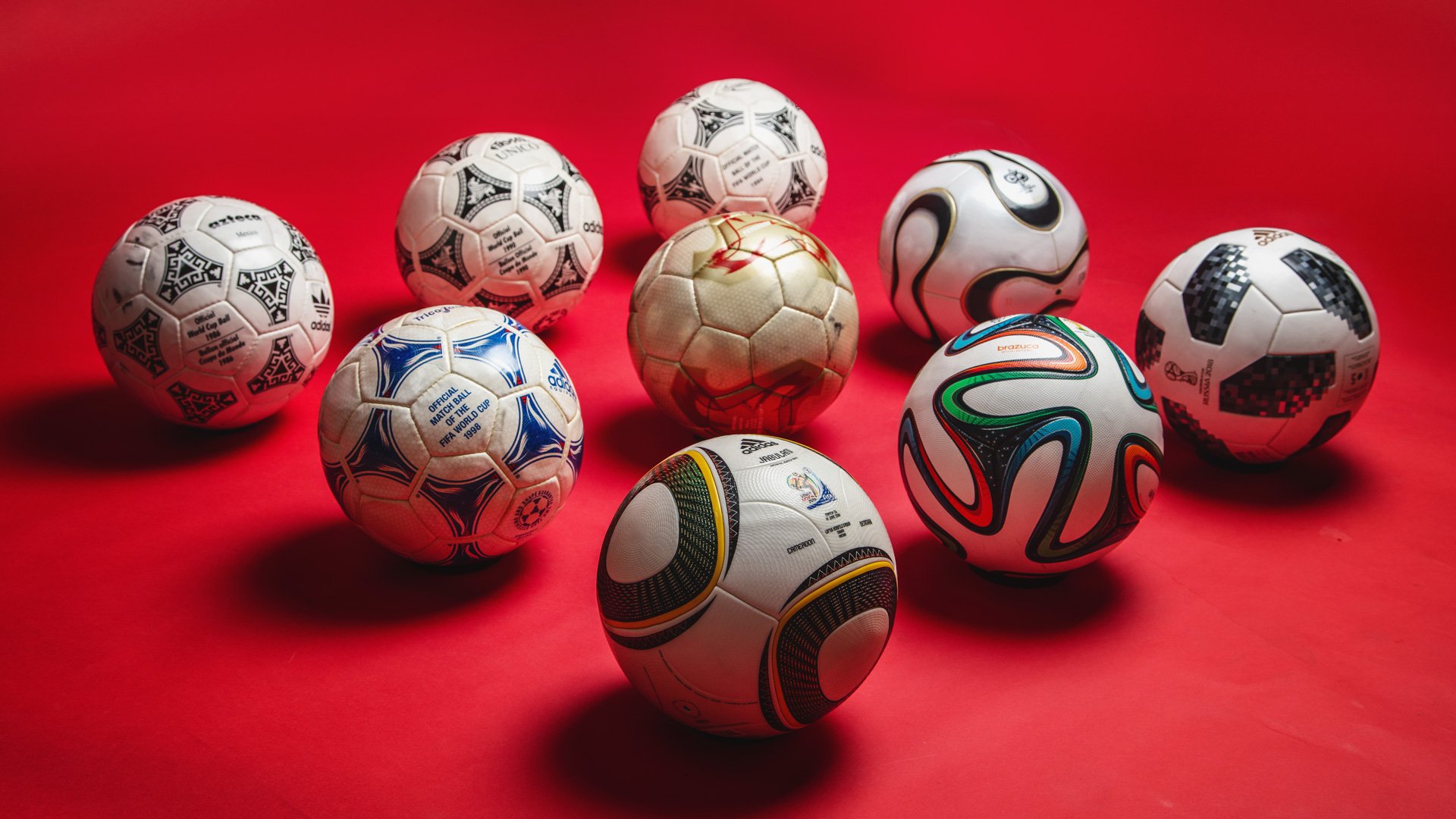The 1994 World Cup football, Questra, was something unique. Compared to the Etrusco, the Questra was enveloped in a layer of polystyrene foam. This made the football waterproof and allowed it to get a greater acceleration when it was kicked. It felt much softer on the touch, and had an improved ball control and higher velocity during the games. The 1994 World Cup was in United States, and the triad pattern had a space themed decoration, which represented the high velocity rockets and United States' quest for the stars. This was made due to it was the 25th anniversary of the Apollo 11 mission, which was considered as one of the most important moment of the United States' history.
